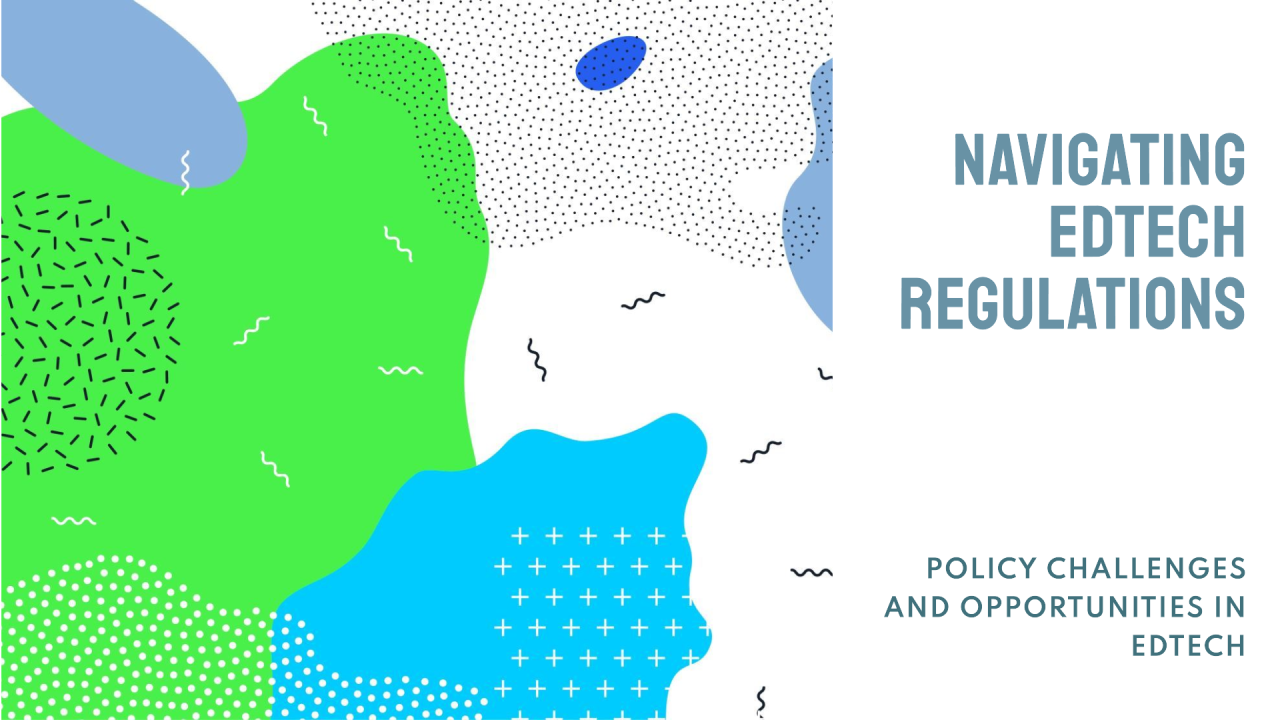
Navigating the Regulatory Landscape: Policy Challenges and Opportunities in EdTech
How companies can navigate the complexities of educational technology regulations to thrive in a rapidly evolving sector.
Introduction
In the fast-paced world of educational technology (EdTech), companies face a complex web of regulations that can either propel their success or become significant roadblocks. Understanding these regulatory challenges and identifying opportunities within them is crucial for any EdTech business aiming to scale and thrive globally. This article provides a deep dive into the regulatory landscape, offering insights into the policy challenges that shape the sector and the opportunities available to those who navigate it wisely.
The Evolution of EdTech Regulations
A Brief History
The EdTech sector has evolved rapidly over the past few decades, transitioning from simple digital tools to comprehensive platforms that support personalized learning, remote education, and more. Initially, regulations in this space were minimal, focusing primarily on general education standards and technology adoption. However, as the use of technology in education expanded, so did the need for more robust regulatory frameworks.
Current Regulatory Environment
Today, EdTech companies must navigate a myriad of regulations that vary significantly by region and often require compliance with multiple overlapping policies. Key areas of concern include data privacy, accessibility, content standards, and the protection of minors. Understanding these regulations is essential for any EdTech business looking to operate across borders.
Key Policy Challenges in EdTech
Data Privacy and Security
One of the most significant challenges in the EdTech sector is data privacy. With the increasing reliance on cloud-based platforms and AI-driven analytics, protecting student data has become a top priority. Regulations such as the General Data Protection Regulation (GDPR) in Europe and the Children’s Online Privacy Protection Act (COPPA) in the United States impose strict requirements on how companies collect, store, and use personal data.
Key Points:
Accessibility and Inclusivity
Ensuring that EdTech solutions are accessible to all students, including those with disabilities, is another regulatory challenge. The Americans with Disabilities Act (ADA) in the U.S., for example, requires that digital content be accessible to individuals with disabilities. This means that EdTech products must include features such as screen readers, captions, and adaptable interfaces.
Key Points:
Compliance with Educational Standards
EdTech companies must ensure that their products align with the educational standards and curricula of the regions they operate in. This includes meeting requirements set by educational boards, ministries of education, and accreditation bodies. Failure to comply can result in products being banned from schools or other educational institutions.
Key Points:
Opportunities for EdTech Companies
Innovative Compliance Strategies
Navigating regulatory challenges can be an opportunity for innovation. Companies that proactively develop solutions to meet regulatory requirements can differentiate themselves in the market. For instance, integrating robust data encryption and user consent management systems can enhance a company's reputation for data security.
Key Points:
领英推荐
Leveraging Public-Private Partnerships
Public-private partnerships (PPPs) offer a strategic avenue for EdTech companies to collaborate with governments and educational institutions. These partnerships can help companies navigate complex regulatory environments while expanding their reach and impact.
Key Points:
Global Expansion and Local Adaptation
As EdTech companies expand globally, understanding and adapting to local regulations becomes crucial. Companies that tailor their products and compliance strategies to fit the regulatory requirements of each market can unlock new growth opportunities.
Key Points:
Case Studies: Navigating the Regulatory Landscape
Case Study 1: GDPR and EdTech in Europe
The introduction of the GDPR in 2018 had a profound impact on EdTech companies operating in Europe. Companies like Kahoot! had to overhaul their data management practices to comply with GDPR’s stringent requirements. By investing in robust data protection measures and ensuring transparency in data handling, Kahoot! not only achieved compliance but also strengthened user trust, leading to sustained growth in the European market.
Case Study 2: Accessibility Compliance in the U.S.
Quizlet, a popular EdTech platform, faced challenges in ensuring its content was accessible to all users, including those with disabilities. By implementing features such as screen reader compatibility and keyboard navigation, Quizlet improved accessibility and became a preferred choice for schools seeking ADA-compliant tools. This proactive approach not only mitigated legal risks but also expanded its user base.
Case Study 3: Adapting to Local Regulations in Emerging Markets
In emerging markets like India, EdTech companies such as BYJU's have had to navigate a complex regulatory environment characterized by varying regional education standards and digital infrastructure challenges. By working closely with local authorities and adapting their content to align with regional curricula, BYJU's successfully scaled its operations across India.
Future Trends in EdTech Regulation
As technology continues to advance, the regulatory landscape for EdTech will evolve. Emerging trends include the regulation of AI-driven educational tools, the ethical use of student data, and the development of global standards for digital learning. Companies that stay ahead of these trends by engaging with policymakers and contributing to the development of new regulations will be well-positioned for future success.
Conclusion and Key Takeaways
Navigating the regulatory landscape in EdTech is a complex but rewarding endeavor. By understanding the key challenges and opportunities, companies can not only achieve compliance but also drive innovation and growth. As the sector continues to evolve, staying informed and proactive in regulatory matters will be crucial for long-term success.
Key Takeaways:
Thought-Provoking Question: How can EdTech companies balance the need for innovation with the demands of regulatory compliance in an increasingly globalized market?
FAQs
Further Reading and Resources
#EdTech #regulations #data #privacy #education #accessibility #compliance #educationaltechnology #policy, #globalEdTech #trends.
Programs Director, Meltwater Entrepreneurial School of Technology
6 个月Great write up Ernest! Thanks